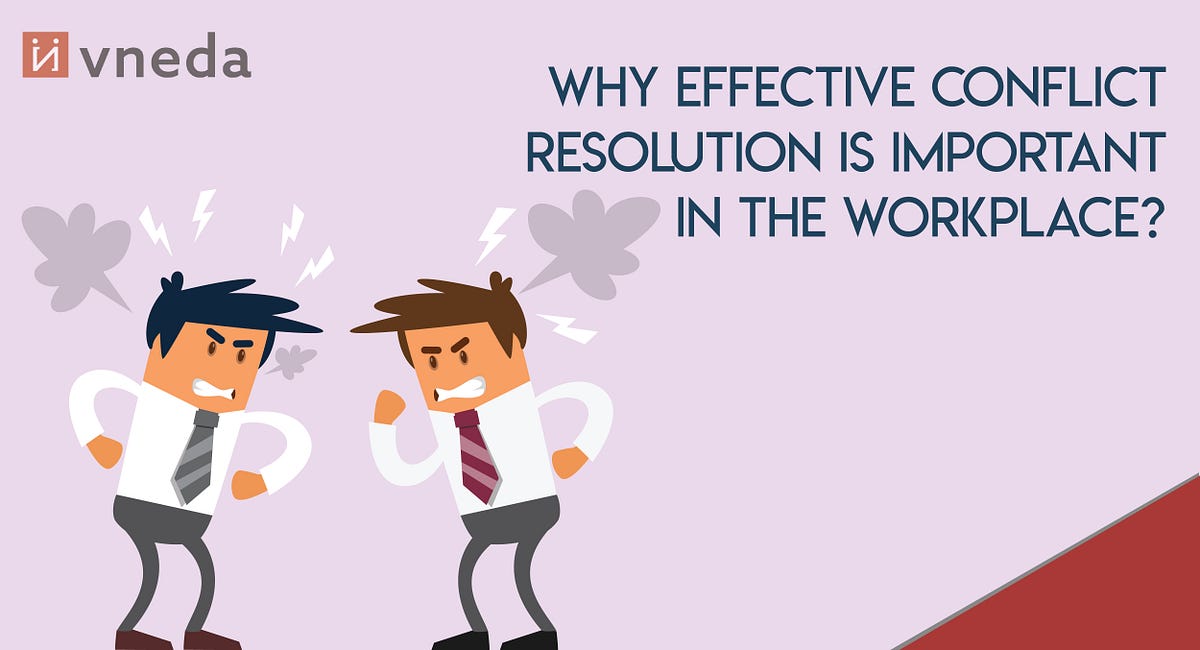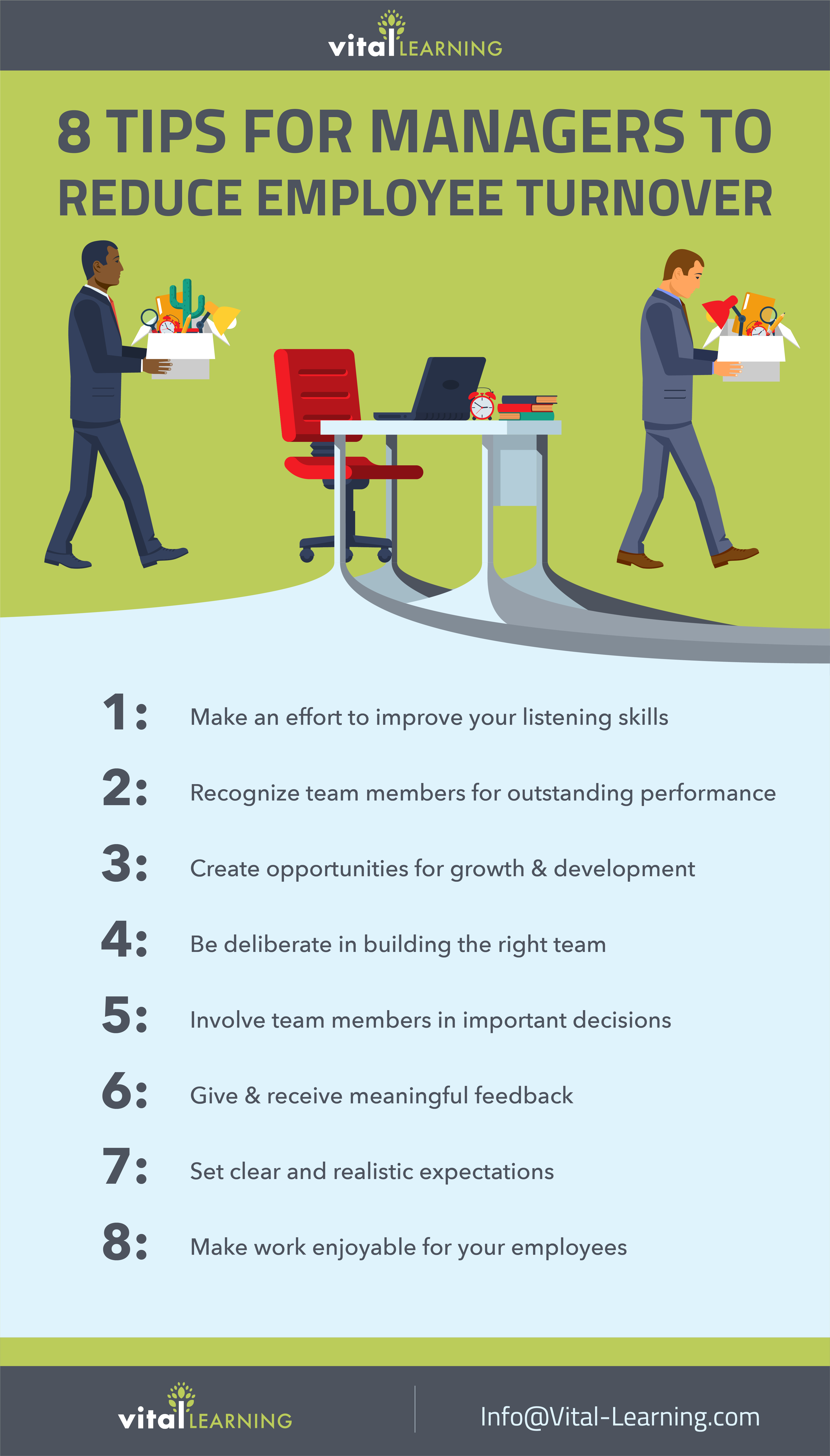

For starters, you’re asking your best employees - who are likely already working at full capacity - to either take on additional tasks that the departed employee was responsible for or to show the new hire the ropes. There are also some additional hidden costs associated with employee turnover that can harm the workplace. And to ensure no one else jets, you may have to spend more one-on-one time with the rest of your team members. King adds that it usually “takes 8-12 weeks to replace a knowledge worker, and then another month or two before the replacement gets to full productivity mode.” If the team member who left was bringing in $100,000 in revenue, that means your company will experience $25,000 less in income and profits for the next three months or so.Īdditionally, during the first couple of months, you, the trainer, and trainee are pulled away from more important work until the new hire gets in the groove.


To directly assess much employee turnover will cost you, use an Adecco or Bonusly turnover calculator. Stephen King, the president and CEO of GrowthForce, adds that “external hires demand 18-20% more in salary than internal hires.” Depending on the state you’re in, you’re still responsible for the former staff member’s paid time off, as well as any overtime you’re paying your team to pick up the slack while you’re in transition. That’s, of course, not to mention that these new employees aren’t producing at a high level while in training. And you have to add in accommodation costs, such as purchasing special equipment or supplies. The cost of training the new hire for her specific job can be high, including the cost of preparing training materials, benefits enrollment, and administrative processing. Direct employment costs, such as signing bonuses or relocation expenses, have to be factored in, and that’s not even counting onboarding and training. So do post-interview costs, like checking references and administering pre-employment tests. Interview expenses, including travel and the time spent interviewing candidates, pad the costs. In fact, it’s not uncommon for recruiters to request 20-30 percent of a new hire’s first-year salary. Hiring costs, such as fees to recruiters or advertising, can be pricey. Considering that a survey from Willis Tower Watson found that one in three hires will leave a company within two years, you see how quickly this can add up.īut why does it cost so much to hire a replacement? As explained in “ The Cost of High Employee Turnover ,” it’s the result of several direct costs. To put a dollar amount on it, if the employee earned a median salary of $45,000 a year, this would cost the company $15,000 per person - on top of the annual $45,000. The culprit? The hiring of a replacement. Employee Benefits News repor ted in 2017 that turnover can cost employers 33 percent of an employee’s annual salary.


 0 kommentar(er)
0 kommentar(er)
